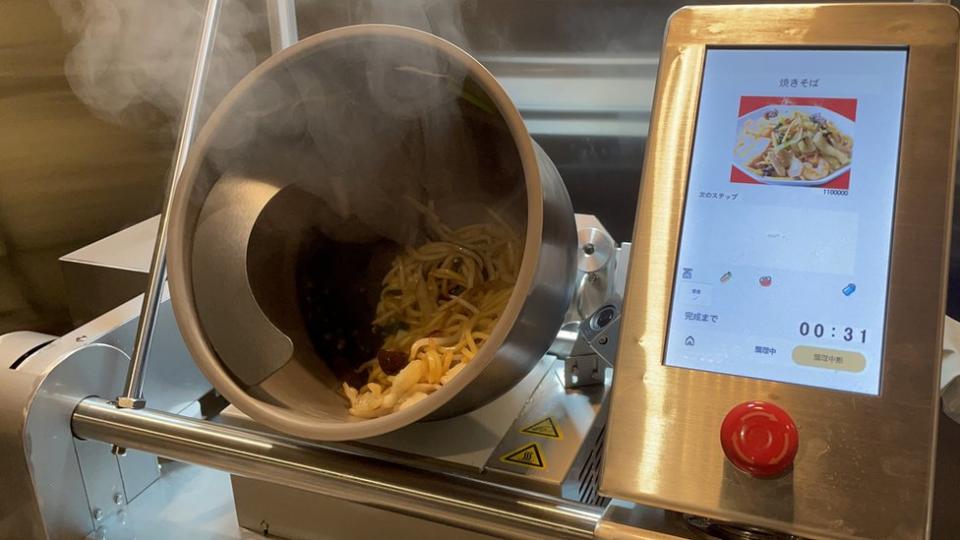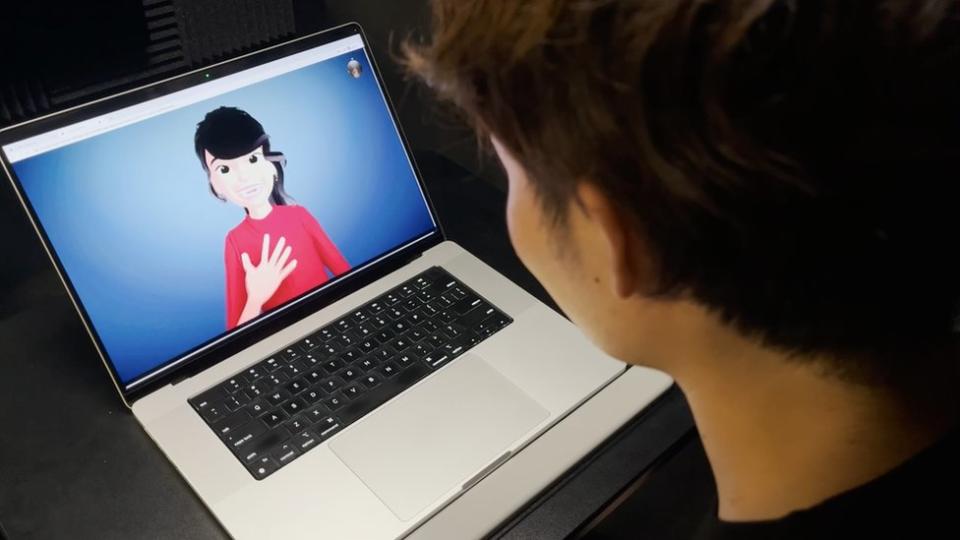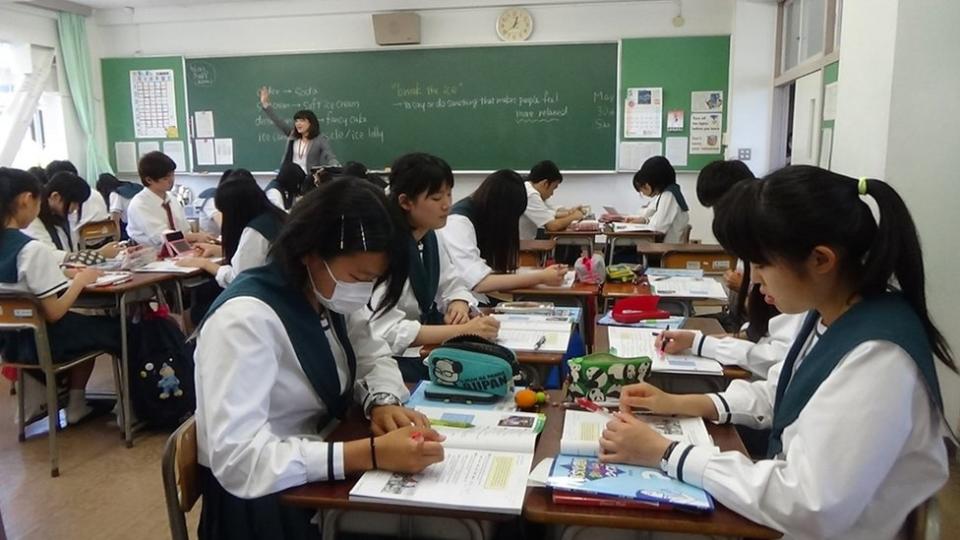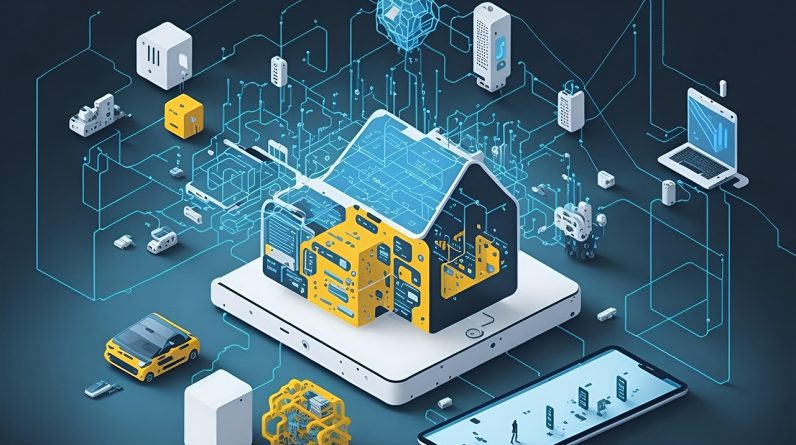A shrinking population means Japan has a shortage of workers. Many are hoping that artificial intelligence (AI) can pick up the slack.
In a country that is known to be obsessed with perfection, damaged or misshapen vegetables and fruits are hard to sell.
And if you are a specialist maker of Japanese dumplings, like the brand Osaka Ohsho, then selling a packet of gyoza with some damaged is a big no-no.
But as demand surged during the pandemic, its parent firm, Eat&Holdings, simply didn’t have enough manpower to check every single dumpling, or keep up with demand.
So it turned to technology for an answer. In January 2023, it opened a high-tech factory equipped with AI-powered cameras trained to detect any faulty gyoza on the production lines.
Today this facility makes two dumplings every second. That’s twice the speed of the other Osaka Ohsho production sites.
“By implementing AI, we have reduced the manpower on the manufacturing line by almost 30%,” says spokeswoman Keiko Handa.
The firm has also recently launched an AI-powered cooking robot called I-Robo at one of its Tokyo restaurants. As it takes time to train chefs, the company says the technology will help with the labour shortage issue.
Osaka Ohsho recently launched a robot that has mastered the cooking of certain dishes [Eat&Holdings]
Japan’s labour shortfall is only likely to get worse.
The current population of 124.35 million has been falling for 13 years. And Japan’s labour force is expected to continue to decline by 12% from 2022 to 2040, by which time it is estimated that the country will lack 11 million workers.
Meanwhile, Asia’s second-biggest economy is already home to the world’s oldest population, with 29% of people aged 65 or above.
The country also has one of the lowest birth-rates in the world, with only 758,631 babies born last year. That is the smallest number since records began in the 19th century.
The government’s efforts to boost its birth rates have met with little success. In the words of Prime Minister Fumio Kishida, his country is “on the brink of not being able to function”.
Since AI took the world by storm, many have asked if our jobs will be stolen. But for some in Japan, AI cannot arrive fast enough.
Farming is one of the fastest-ageing industries in the country, with the average age of a Japanese farmer now standing at 68.4 years. Here AI is being used to identify different types of diseases, pests and weeds for early detection and prevention.
Nihon Nohyaku, which manufactures agricultural chemicals, has developed a smartphone app called Nichino AI. When a farmer takes a picture of struggling crops, the app gives a diagnosis of what is wrong and which pesticide may be needed.
“The accuracy rate is about 70 to 80%, so it is not as good as real experts, but better than ordinary farmers,” says Kentarou Taniguchi from Nihon Nohyaku.
“The longer we work on this app, the more we realise how excellent the human experts are,” he explains. “But the number of experts is falling, so that is where AI tools can come in handy.”
Farmer Kensuke Takahashi, who has been using the app for three years, agrees that AI is one of the tools that will help modernise the sector. “The number of farmers is falling sharply like a rollercoaster,” he says, “but Japan’s total amount of produce is increasing.”
Mr Takahashi acknowledges that there are older farmers who may be sceptical of any new technologies such as AI, but he believes they are helping to increase efficiency levels. “Once you try out a drone to spray pesticide, you cannot go back to manual spraying,” he laughs.
What about a sector that has always faced a shortage – language teachers?
Despite the government’s repeated efforts to increase the number of English speakers, Japan has constantly ranked low in English proficiency, due to the lack of teachers who can effectively speak the language.
To try to overcome this shortfall, a start-up called Equmenopolis has developed an AI-powered online tool that allows users to have English conversations with its avatar for 15 minutes per session. It has so far been introduced at 50 schools across the country.
An AI agent measures speaking ability by adjusting topics according to users’ proficiency level [Equmenopolis]
At Narita Kokusai High School, on the outskirts of Tokyo, students were asked to use it at home to practice for three months at the end of last year.
“AI decides what kind of English conversations each student can have and varies its questions,” teacher Shoko Takiguchi tells the BBC. “It is difficult to have one-on-one conversations with every student so that was an advantage.”
At the end of each conversation, students get feedback in six areas including pronunciation, grammar, fluency and vocabulary.
“With AI, it is easy to find out what my weakness was, so it was efficient,” says one of the students, Ko Hanyuan. But asked if he would choose AI over his online tutorial, he says no. Why? It lacks the human touch.
Ms Takiguchi agrees: “It is useful to improve your speaking skills, but I found conversations to be unnatural.” She adds that the AI is unable to assess the user’s reaction, physical condition, or change in tone.
So it won’t replace human teachers? “AI can not and should not replace English lessons at school or teachers,” emphasises the school’s principal Katsutoshi Fukumizu.
Endorsed by the Japanese government, 50 high schools across the country tried an AI English learning tool [Narita Kokusai High School]
Governments in Japan are also experimenting with AI.
Faced with labour shortages, Yokosuka City in Kanagawa prefecture has starting using AI chatbot ChatGPT to help with administrative tasks such as transcribing and summarising meetings.
“We deal with enormous amount of documents, and it takes a very long time and effort to create those documents,” says the city’s spokesperson Kohei Ota.
Thanks to ChatGPT, “we have calculated after our trial that we save 22,700 hours of work annually,” he adds.
At the national government’s Digital Agency, which was established in 2021 to overcome inefficiency in public administration, AI is also used to train its staff.
“There are so many things that we want to do, but our manpower hasn’t been able to keep up,” says Masanori Kusunoki from the agency. He adds that the government is trying to “explore how we can use AI, and spread the information” to the private sector.
But Mr Kusunoki doesn’t think that the rise of AI will mean fewer workers are needed.
In a country where changes happen slowly, Japan is embracing the power of AI with less reluctance than others.
That is because it has looked into every possible solution to tackle the double whammy of an ageing and shrinking population for more than a decade: from robots, to women, the elderly and foreign workers.
While AI may help increase the efficiency of the workforce, it is nowhere near ready to replace human workers.










